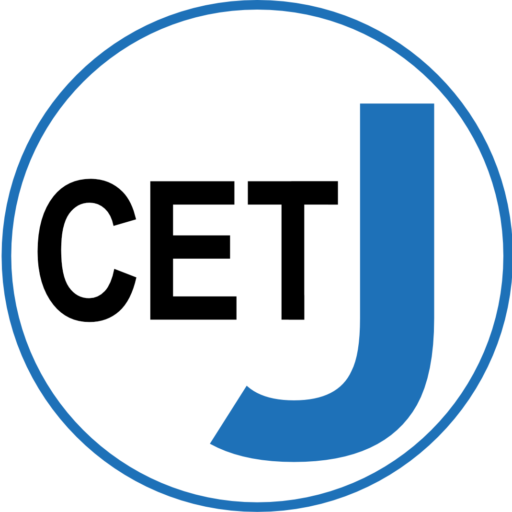CET-J is a group of European judges in the field of trademark law. It actually consists of participants from 20 countries and a representative of the EU-Court of First Instance.
CET-J aims to provide its participants with a broad exchange of views and harmonized solutions and topics of European trademark law as well as the judgements of CJEU and actual questions of daily trademark court business. The discussion is summarized in final conclusions which are published in different trademark magazines.
CET-J meetings have been held in 2011 and 2013 at Villa Vigoni, Lake Como (Italy), 2014 at Criminal Court, Bellinzona (Switzerland), 2015 at the European University Institute, Florence (Italy), 2016 at the European Academy of Law, Trier (Germany), 2017 at the University of Leiden (Netherlands), 2018 at Palace of Justice, Vienna (Austria), 2019 at the Court of Appeal in Lisbon (Portugal) and 2022 at the Commercial Court of Barcelona (Spain). During the pandemia of 2020 and 2021, online meetings were held.
The CET-J meeting of 2024 took place in September in Riga (Latvia). The meeting of 2025 will be held in Vienna (Austria).
Patronage under the European Law Academy (ERA)
Background
History
- Founded 1996 as annual national Trademark Judges Meeting of different Länder courts in order to discuss main issues of the «New» Trademark Law and to inform each other about important judgments with the aim to harmonize trade mark jurisprudence in Germany.
- First meeting at the University of Münster in 1997 (from the Higher Civil Courts in infringement cases and the Federal Patent Court in application, opposition and cancellation cases). Continuing every year in Münster or in Düsseldorf.
- Sponsored throughout the years by GRUR.
- Change to European Judges Meeting in 2011 due to increasing problems of forumshopping in Europe.
- Non-EU-members: Norvay, Switzerland, Turkey, UK.
Meetings
- 2011 & 2013: Villa Vigoni, Lake Como (Italy), 7 countries.
- 2014: Bellinzona (CH), 11 countries. The group decided on the name CET- J, to cooperate with the ERA as its auspice, to expand and to hold annual meetings.
- 2025: Florence at European University Institute (Italy), 13 countries
- 2016: Luxembourg/Trier at European Law Academy (Germany), 12 countries
- 2017: University of Leiden (NL), 15 countries and one representative of the General Court
- 2018: Meeting at the Palace of Justice in Vienna (Austria), 17 countries and two representative of the General Court
- 2019: Meeting at the Court of Appeal in Lisbon (Portugal), 14 countries and one representative of the General Court
- 2020 & 2021: Remote meetings about actual questions and court practice
- 2022: Meeting at the Commercial Court of Barcelona (Spain), 20 countries and one representative of the EU-Court of First Instance
- 2023: Prague (Czech Republic), 20 countries and one representative of the General Court
- 2024: Riga (Latvia), 21 countries and one representative of the GCEU
Results
- A report on each meeting is published in the GRUR magazine (see GRUR 2018, 60).
- Conclusions are published (www.cet-j.org)
- These conclusions are distributed by the members in their national tm conferences and in national magazines.
- The members are speakers in international conferences to inseminate the Circles’ Conclusions and to promote the process of harmonisation.
Organisation & Structure
Participating Countries
- Austria
- Belgium
- Croatia
- Cyprus
- Czech Republic
- Finland
- France
- Germany
- Ireland
- Italy
- Latvia
- Lithuania
- Netherlands
- Poland
- Portugal
- Slovakia
- Slovenia
- Spain
- Switzerland
- Turkey
- United Kingdom
Organisation
- Under the auspice of the ERA (Europäische Rechtsakademie Trier) and in permanent cooperation with it.
- No hierarchy, no regulations or provisions.
- No published member list, no visitors in the meetings.
- Participation only on individual invitation.
- Currently sponsored by GRUR and German Markenverband.
- E-mail communication: “Dear All Letters” during the year and individual questions and answers “entre nous”.
Targets
- In terms of networking in order to invite judges from the European Countries not yet represented
- In terms of assistance in the process of harmonising jurisprudence in distributing the Circles’ Conclusions
